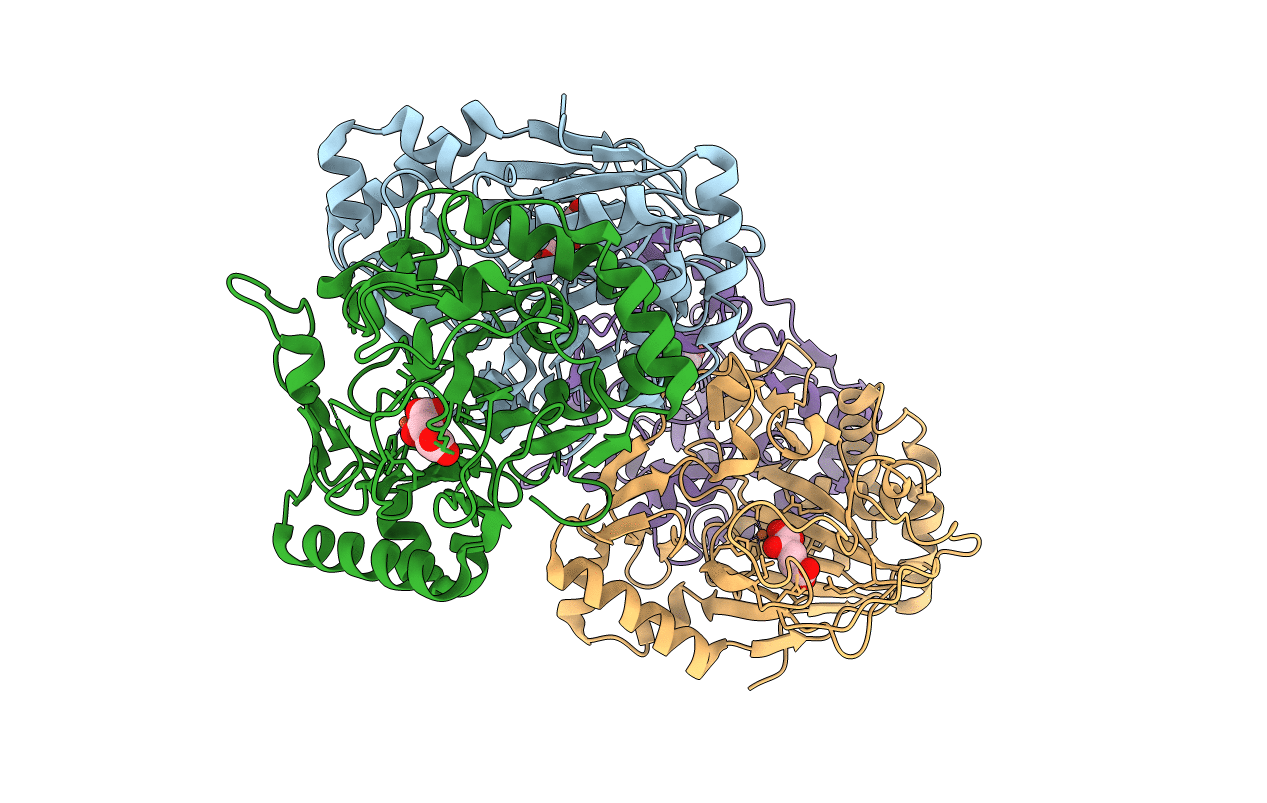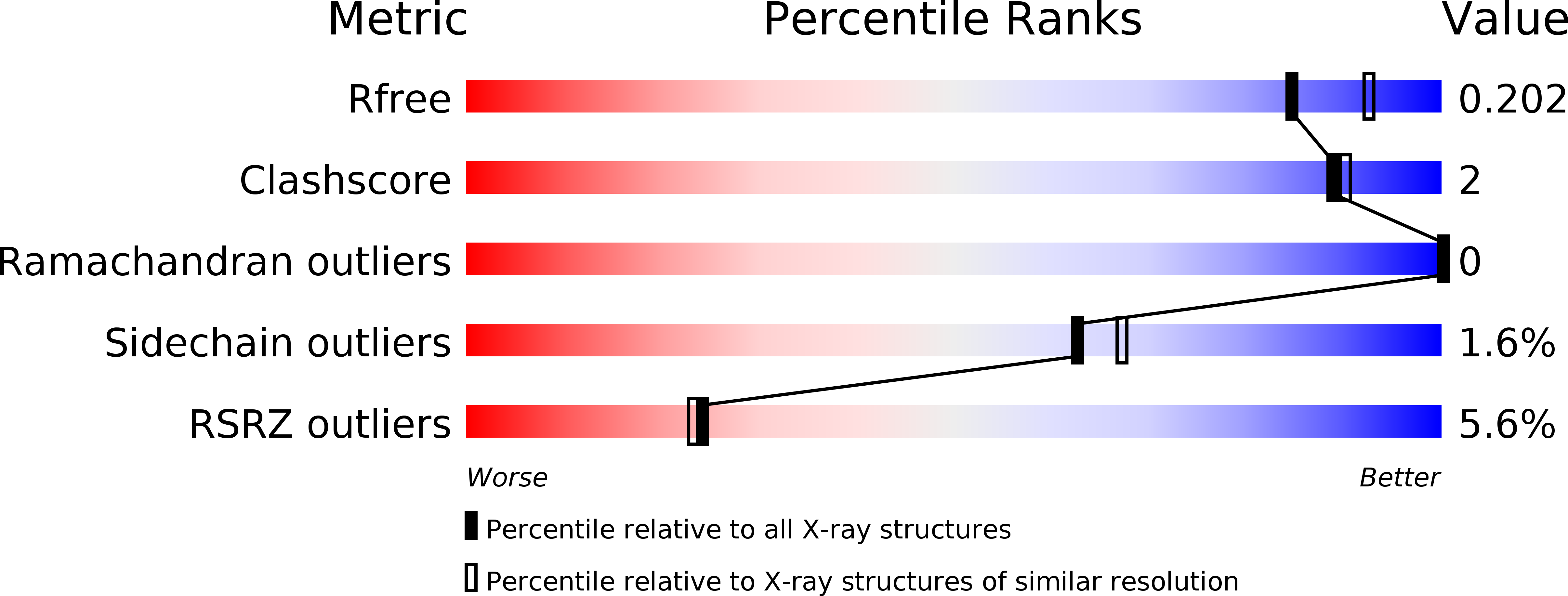
Deposition Date
2017-11-24
Release Date
2018-11-14
Last Version Date
2024-01-17
Entry Detail
PDB ID:
6F2B
Keywords:
Title:
Crystal structure of the complex Fe(II)/alpha-ketoglutarate dependent dioxygenase KDO1 with Fe(II)/alpha-ketoglutarate
Biological Source:
Source Organism:
Host Organism:
Method Details:
Experimental Method:
Resolution:
2.00 Å
R-Value Free:
0.20
R-Value Work:
0.17
R-Value Observed:
0.17
Space Group:
P 1


